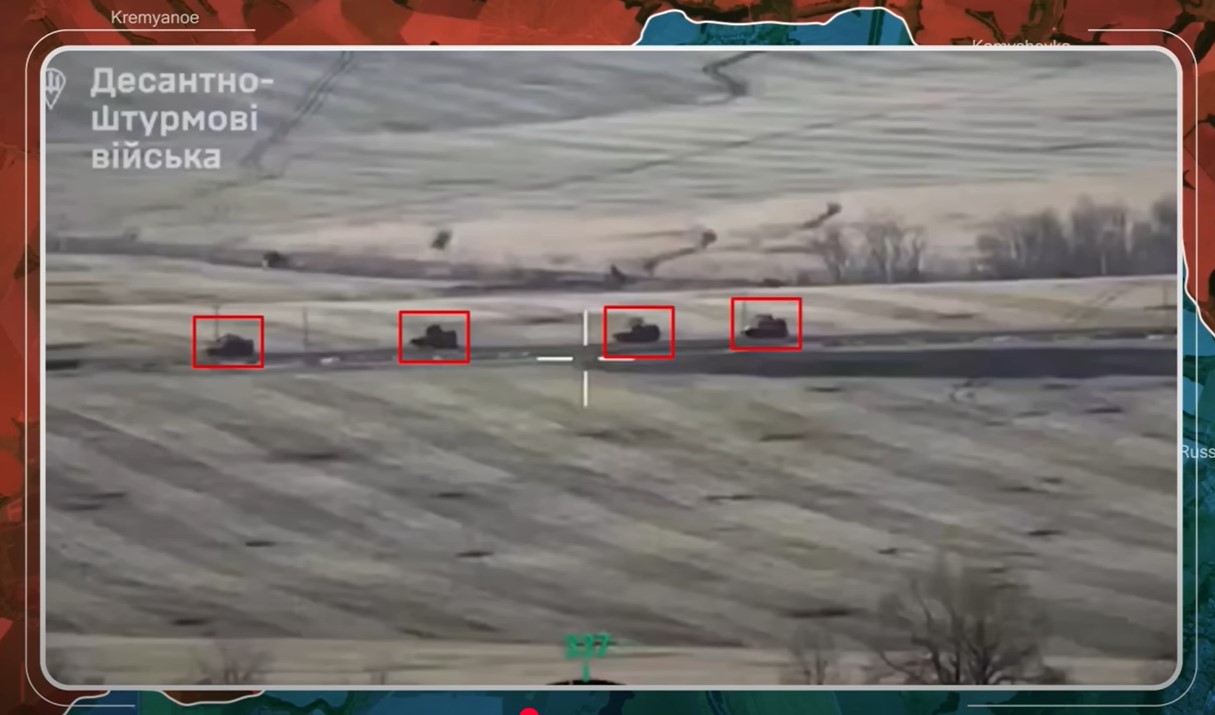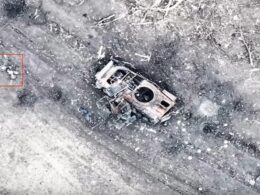Today, the biggest updates come from the Kursk direction. Here, Russian forces unleashed a relentless wave of mechanized assaults, aiming to finally achieve a decisive breakthrough in the Ukrainian western flank. However, Ukrainians turned the pre-existing Russian defenses in Kursk against them, unleashing a barrage of drones and ATGMs as the Russian columns tried desperately to move forward.
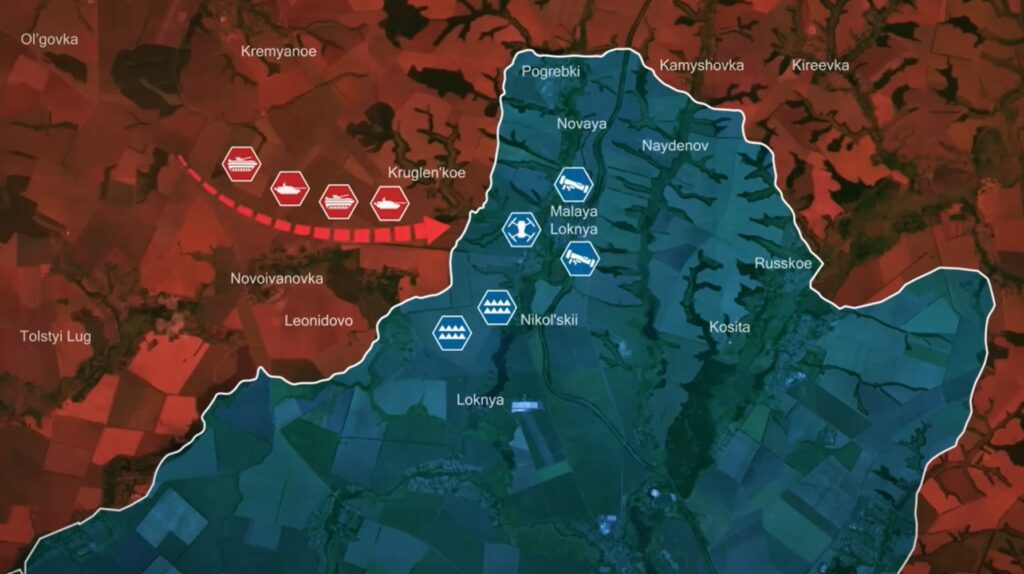
The goal of the Russian forces in this area is to take control of the village of Malaya Loknya. This would allow the Russians to successfully isolate the Ukrainian forces in the northern part of the Kursk salient and cut off Ukrainian ground lines of communication with their main logistics hub in Sudzha.
To accomplish this, Russian commanders employed large assault formations, deploying four waves of platoon-sized mechanized units, each with three to four armored vehicles supported by tanks. These units aimed to cross from their positions in the village of Novoivanovka as quickly as possible to secure the village of Viktorovka and reach the doorstep of Malaya Loknya.
Mud, snow, and flooded craters trap Russian tanks
The main advantage of Russian forces lay in the speed and firepower of their mechanized assault units compared to human waves of infantry, minimizing the exposure to Ukrainian precision fire. However, these advantages were heavily undermined by the terrain configuration, the weather, and even their own equipment.
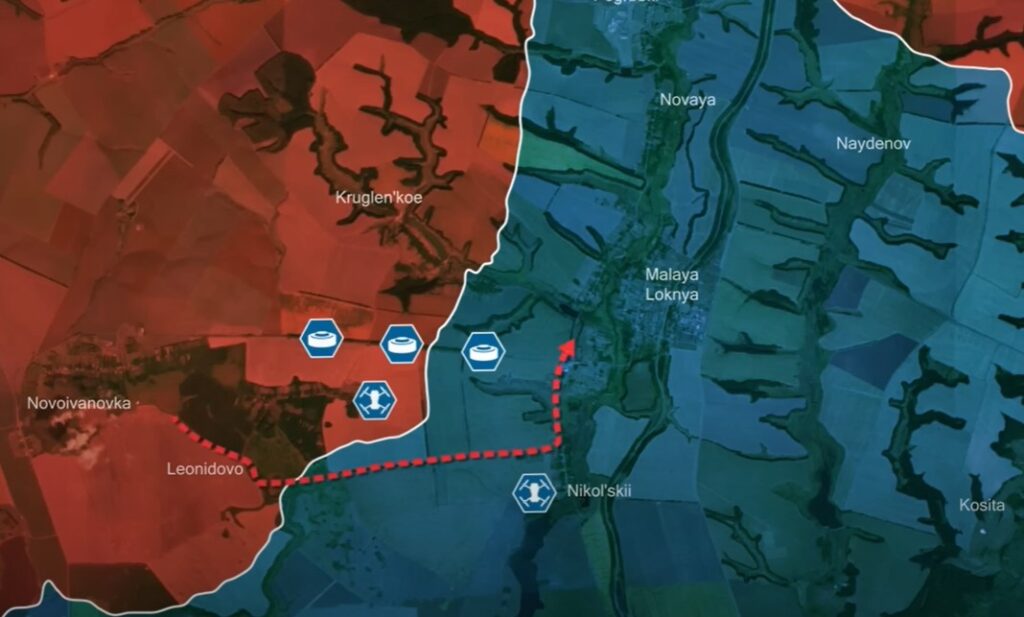
Learning from previously failed mechanized assaults due to Ukrainian landmines, Russians used mine crawlers on the lead tanks. This forced them to advance over the fields at an incredibly slow pace so that the demining equipment could do its work properly, making them easy targets for Ukrainian strike and reconnaissance drones.
To make matters worse, old Russian dragon-tooth fortifications from before the Ukrainian Kursk incursion remain, heavily restricting Russian movement during their assault. Additionally, slightly warmer temperatures have melted the snow and soaked the fields, further slowing down Russian armored columns. Craters from prior Russian air strikes have completely flooded, forcing Russian units into predictable choke points.
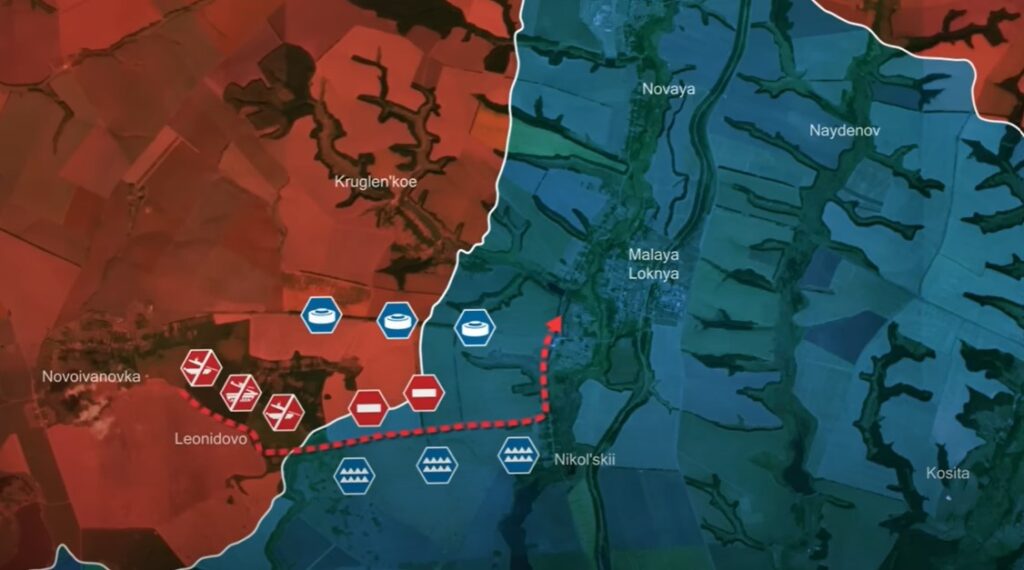
The combination of mud, dragon teeth, and exposed terrain enabled Ukrainian forces to effectively target and destroy these Russian assaults through all available means. Combat footage from the area reveals how the Ukrainian defenders effectively engaged a Russian assault platoon consisting of three infantry fighting vehicles and one tank. The column moved across the field from Novoivanovka to Viktorovka, maneuvering around the dragon's teeth and flooded bomb craters.
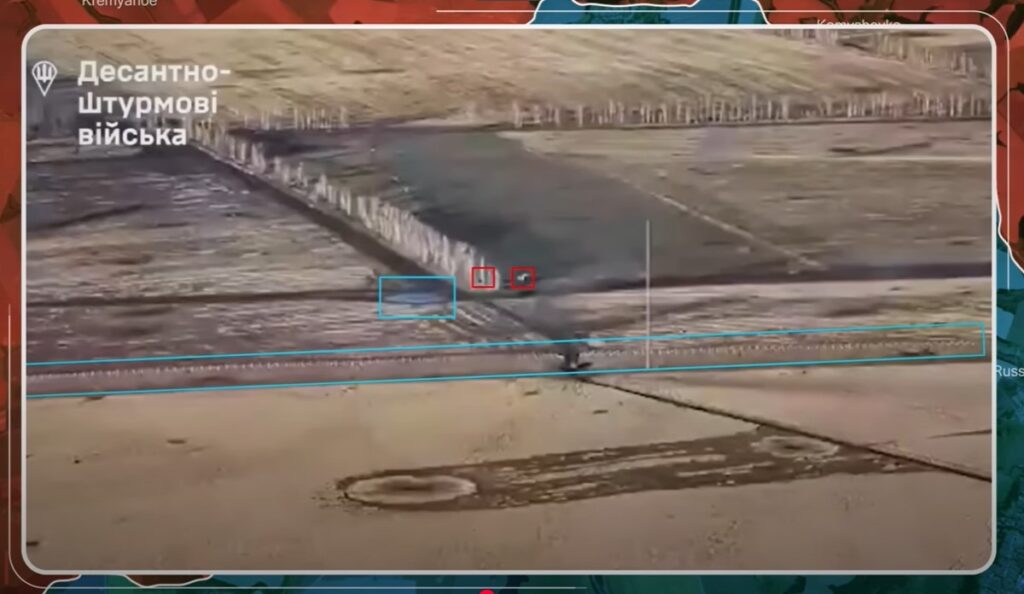
The hindered movement of the first Russian assault allowed Ukrainians to completely dismantle it already on the approaches with FPV kamikaze drone strikes and artillery. However, some vehicles from the second wave of mechanized assaults managed to approach and enter the village of Viktorovka but quickly found themselves targeted by Ukrainian anti-tank teams sporting Javelin anti-tank guided missile launchers.
Ukraine's tech superiority won the day
As their armor stood no chance against the modern weapons systems, Russian soldiers were forced to scatter across the fields and village in disorganization, where they were systematically hunted down by Ukrainian drone operators dropping grenades from above.
In a final effort to gain a bridgehead in Viktorovka, the Russians deployed two additional mechanized platoons in two separate assaults, following the exact same route of attack as previous columns that had cleared a path through the minefields. However, this made both these Russian assaults extremely predictable, as Ukrainian drone operators observed and dismantled the mechanized platoons, which consisted of BMDs with paper-thin armor that could be destroyed with a single FPV drone strike.
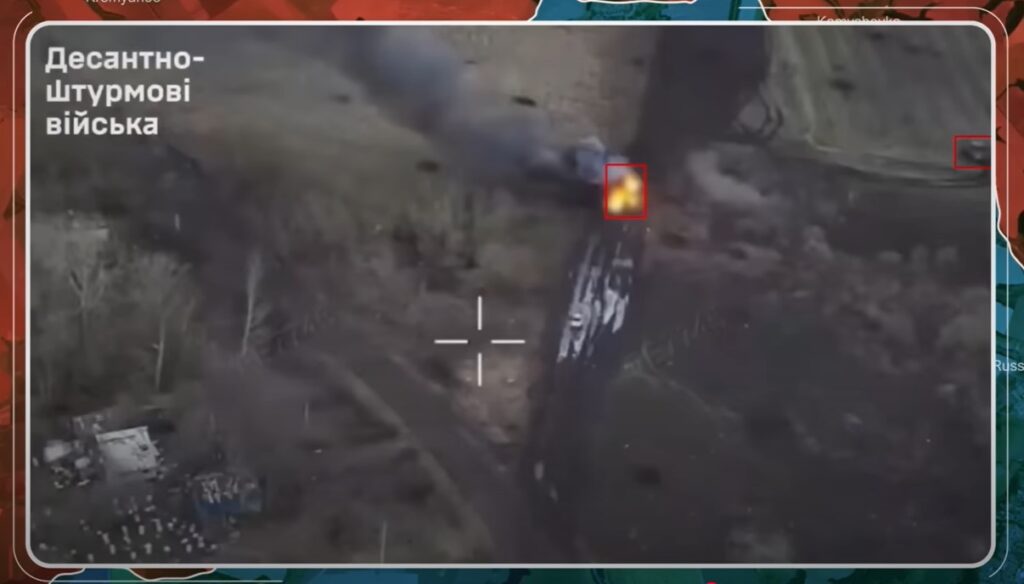
After the final mechanized threat was dealt with, Ukrainians turned their attention to the Russian survivors, eliminating dozens of them with drone-dropped grenades and small arms fire.
Overall, the Russian assaults south of Malaya Loknya were completely undermined by the terrain configuration, pre-existing field fortifications, and the slower speed of their own equipment. Ukrainians masterfully amplified these weaknesses through extensive drone fire control and dedicated anti-tank missile teams positioned safely behind the front line.
The failure of each mechanized assault only led to Russian commanders sending another, hoping to achieve a meaningful breakthrough finally. This Russian form of dedication reflects a recently published statistic from the Ukrainian Ministry of Defense stating that around 40% of all combat engagements take place in Kursk Oblast, underlining Ukraine's massive success at preventing operationally significant Russian gains while diverting a large number of resources away from ongoing offensive operations in the East.
In our daily frontline report, we pair up with the military blogger Reporting from Ukraine to keep you informed about what is happening on the battlefield in the Russo-Ukrainian war.

